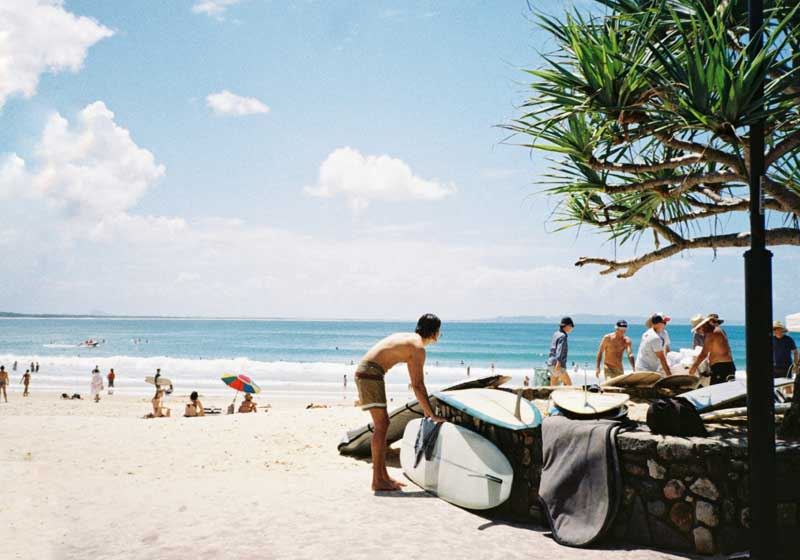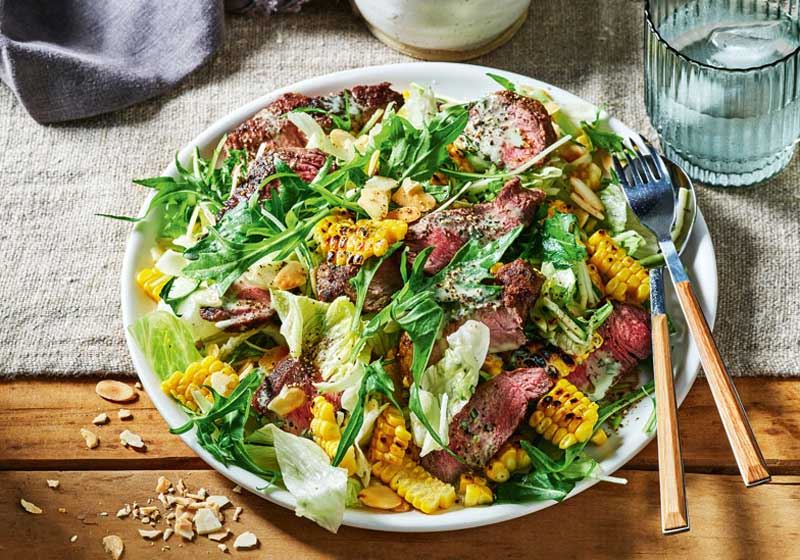By Laura Rancie.
In our last Christmas traditions in Europe article we explored Italy’s ‘la vigilia’ and ‘zampognari’ - caroling shepherds. We learned about the Swede’s cinnamon cookies called pepparkakor and how Germany once baked a fruit bread that weighed more than 4000 kg where the lucky town mayor ate the first slice! Today we dive into France, Spain and Poland. Have you heard of any of these traditions,and if so – have you ever experienced them?
SPAIN:
The Lotería de Navidad is a government-organised Christmas lottery popular with almost every individual in Spain. You see, it’s all in the marketing where the Loterias del Estado produces widespread adverting to get people in the mood to share their lottery tickets. It’s only 20 Euros to buy 1/10th of a ticket where thousands of Spaniards are the recipients of the Christmas prize distributions.
The drawing happens on December 22 and marks the beginning of their festivities. The entire country tunes in on televisions or radios, with the hope that have been lucky enough to win a part of El Gordo, (the fat one), the name given to the largest of the lottery prizes that year.

Food-wise, however, we head to the Iberian Peninsula where ‘turron’, takes the spotlight. It is believed that for at least one thousand years, Pastry Chefs in the South of Spain have been making turron from just three ingredients: honey, almonds and egg whites.
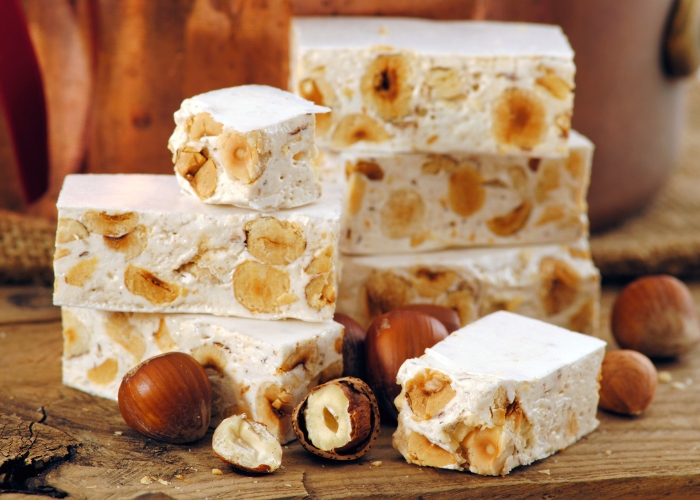
Depending on the density of the nougat, it will have a different name - from soft and chewy ‘jijona’ to the hard and crunchy ‘alicante’. Why this variety of nougat, turron, became associated with Christmas has to do with the cost of it, you see - poorer families could only afford it on very special occasions and Christmas would have found its opportunity there!
POLAND:
In Poland, the centrepiece of the Christmas Eve feast is the revered ‘pierogi’. These dumplings, filled with a variety of ingredients such as sauerkraut, mushrooms or sweet cheese, are a labour of love. Families gather to meticulously prepare and assemble these delightful pockets of goodness, creating a meal that embodies the heartwarming essence of a Polish Christmas. However, unlike other European countries, it is a day of fasting for the Poles – followed by feasting. When the first star can be seen in the night sky, the feast begins.
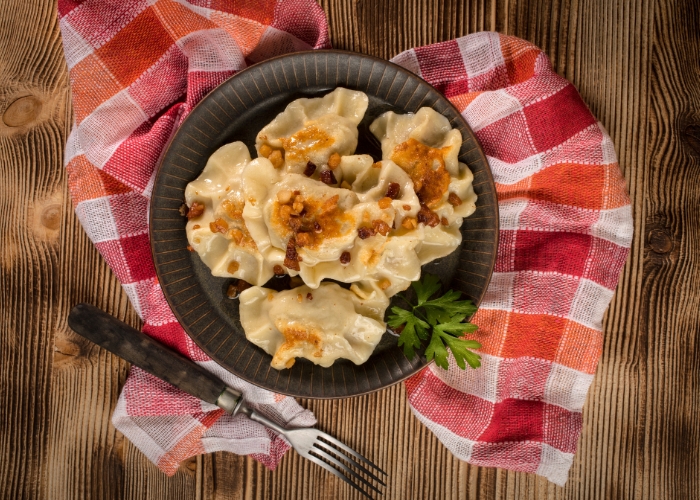
FRANCE:
In France, there is a myriad of traditions throughout December from ‘les Treize (13) desserts’ to le Père Fouettard as opposed to le Pere Noël. The difference is subtle only in name - where le Pere Noël (Father Christmas) comes to deliver gifts and goodwill, le Pere Fouettard, or Father Spanker as it is translated to, teams up with Pere Noël to decide which children have been naughty and he is the one to administer ‘spanks’ to those behaving badly.
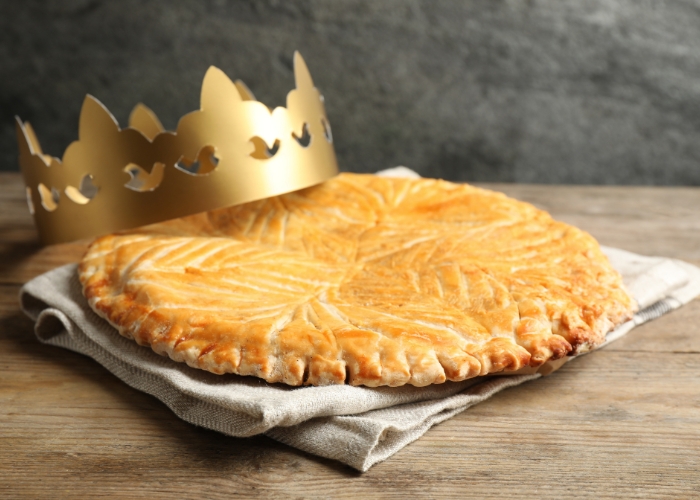
La Galette des Rois is another widely celebrated and anticipated tradition, held on January 6 (epiphany) and translates as ‘the King’s cake’. The most popular version is simply a flaky puff pastry, with frangipane or apple in the centre as well as a hidden paper crown and a fève (a trinket) baked inside. If your slice has the crown, you get to be the King or Queen for the day.
Have you ever experienced the magic of these European Christmas traditions?


